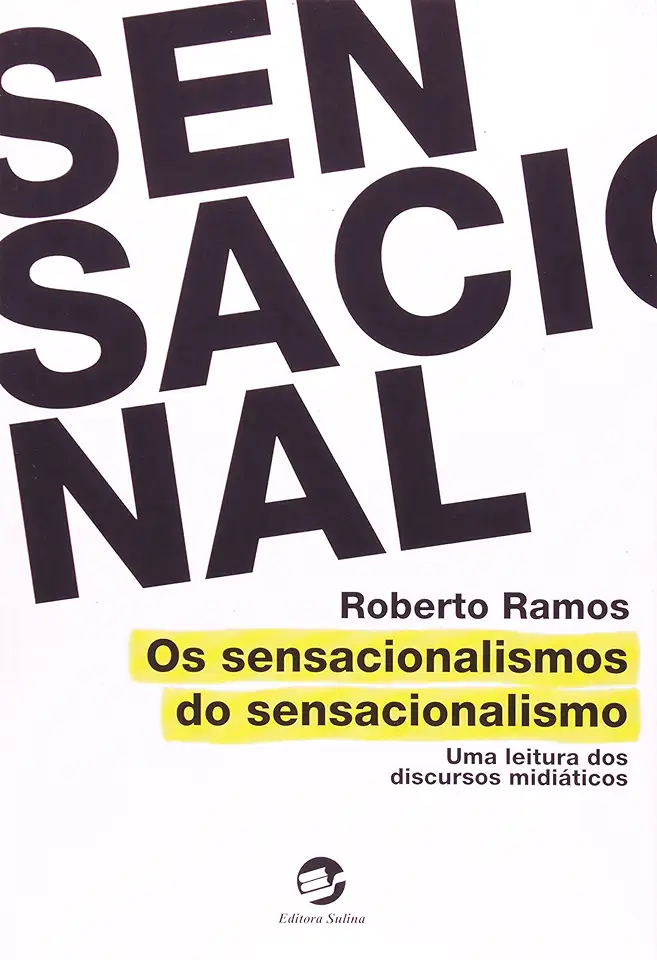
Sensationalism of Sensationalism - Roberto Ramos
Sensationalism of Sensationalism: A Journey into the World of Media Manipulation
In the era of fake news and alternative facts, Roberto Ramos's "Sensationalism of Sensationalism" is a must-read for anyone who wants to understand how the media shapes our perceptions of the world. Ramos takes us on a journey through the history of sensationalism, from its origins in the penny press of the 19th century to its current incarnation in the 24-hour news cycle. He shows how sensationalism has been used to sell newspapers, boost ratings, and influence public opinion, often at the expense of truth and accuracy.
A Brief History of Sensationalism
Sensationalism has been around for centuries, but it really took off in the 19th century with the advent of the penny press. These newspapers were sold for a penny, making them affordable to the masses for the first time. In order to compete for readers, newspapers began to sensationalize their stories, using lurid headlines and exaggerated language to grab attention.
This trend continued into the 20th century, with the rise of radio and television. Broadcasters quickly realized that sensationalism was a surefire way to boost ratings. They began to produce news programs that were more focused on entertainment than on information. This trend has only accelerated in recent years, with the rise of the internet and social media.
The Dangers of Sensationalism
Sensationalism can have a number of negative consequences. It can lead to people making decisions based on fear and misinformation. It can also divide people by creating a sense of "us versus them." And it can make it difficult for people to find out the truth about important issues.
How to Spot Sensationalism
There are a few things you can look for to spot sensationalism.
- Attention-grabbing headlines. Headlines that are designed to shock or outrage you are often a sign of sensationalism.
- Exaggerated language. Sensationalist stories often use exaggerated language to make things seem more dramatic than they really are.
- Lack of context. Sensationalist stories often lack context, which can make it difficult to understand what is really going on.
- Bias. Sensationalist stories are often biased, meaning that they present only one side of the story.
Conclusion
Sensationalism is a serious problem that is eroding trust in the media and making it difficult for people to make informed decisions. It is important to be aware of the dangers of sensationalism and to be able to spot it when you see it. By doing so, you can help to protect yourself from being misled by misinformation and make more informed decisions about the world around you.
Call to Action
If you are concerned about the impact of sensationalism on our society, there are a few things you can do.
- Support independent journalism. Independent journalists are not beholden to advertisers or special interests, so they are more likely to produce accurate and unbiased reporting.
- Be critical of the media. Don't just accept everything you read or hear at face value. Be critical of the information you are presented with and try to find out the truth for yourself.
- Spread the word. Talk to your friends and family about the dangers of sensationalism. Help them to become more aware of the problem and how to spot it.
By taking these steps, you can help to make a difference in the fight against sensationalism.
Enjoyed the summary? Discover all the details and take your reading to the next level — [click here to view the book on Amazon!]